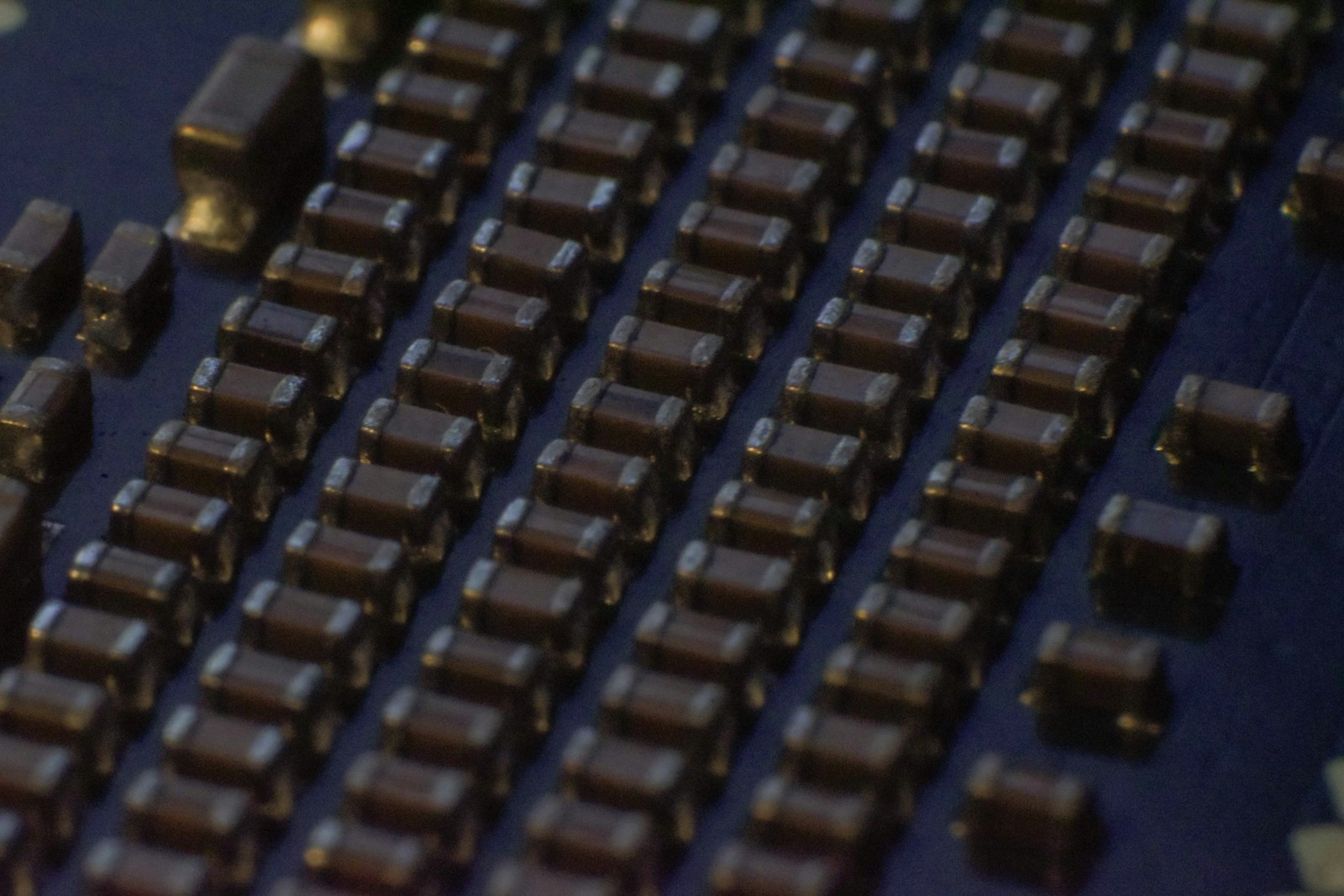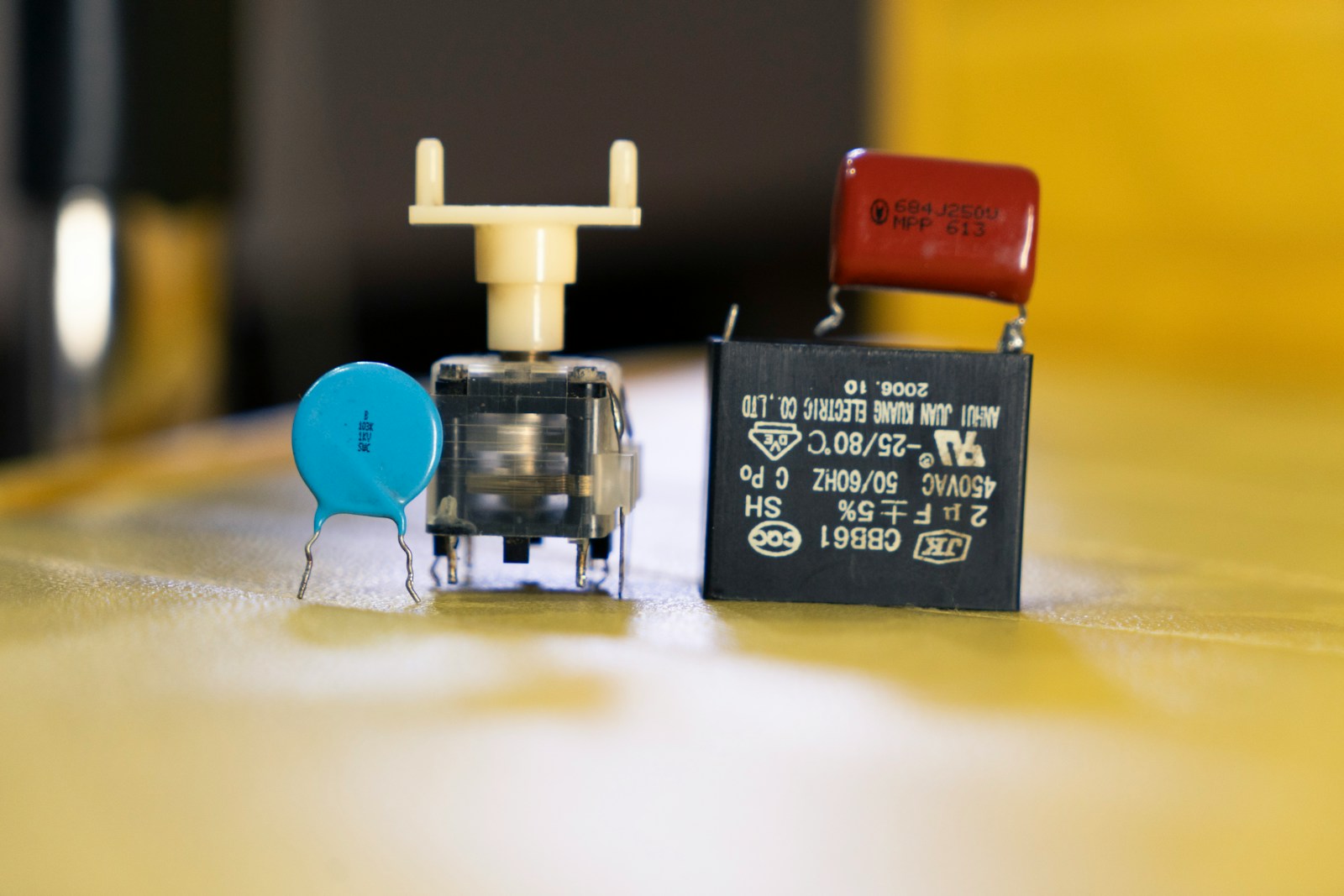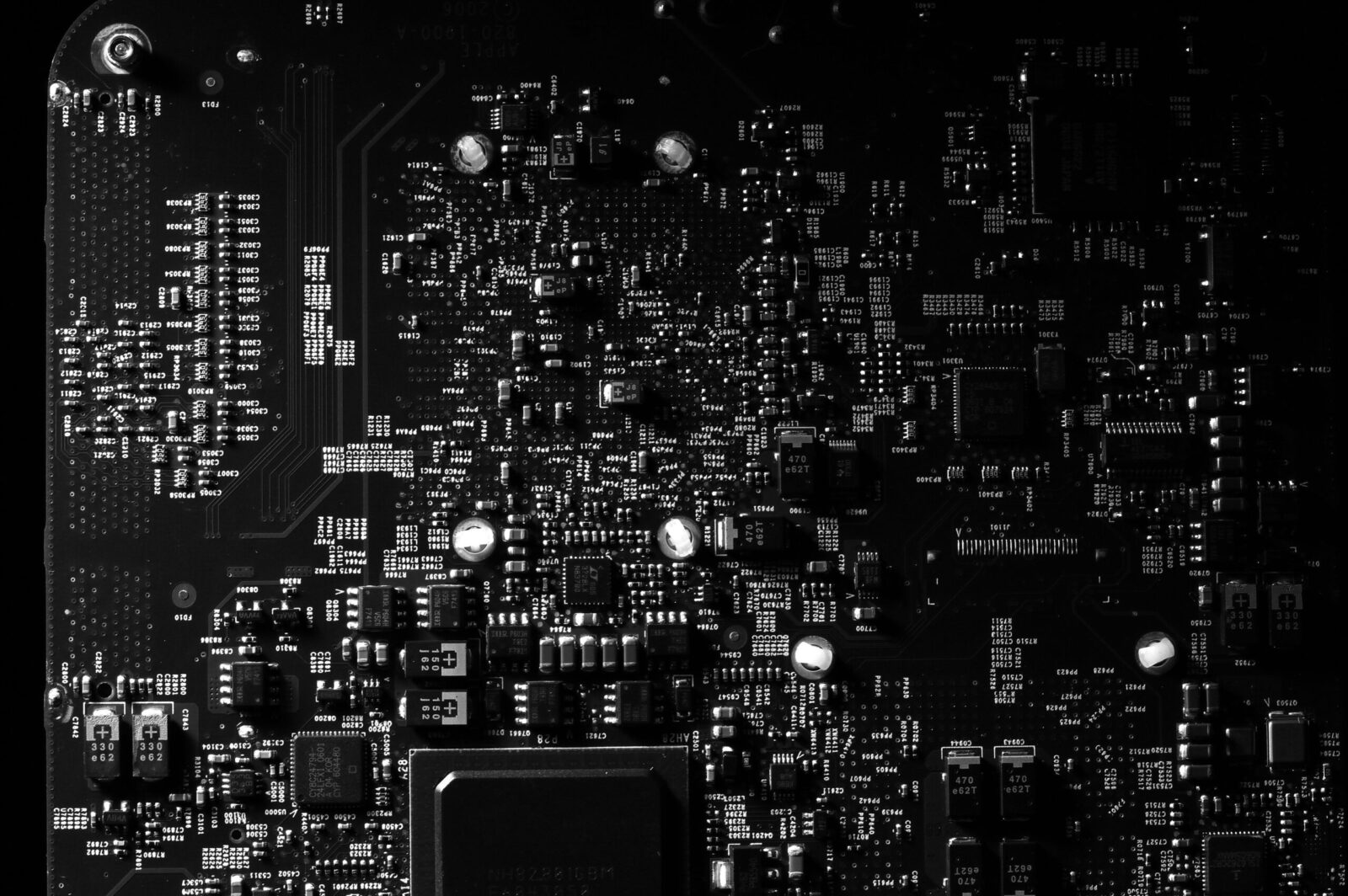Understanding Low Pass Filters: Essential Components for Your Designs
Introduction to Low Pass Filters
- A low pass filter is a type of filter that allows low frequency signals to pass through while blocking high frequencies – it’s a crucial component in many electronic designs, including audio amplifiers and signal processing systems.
- Low pass filters are used to remove unwanted high frequencies from a signal, improving the overall quality and reducing interference.
- The frequency response of a low pass filter is characterized by a cutoff frequency, above which the filter starts to attenuate the signal.
- Low pass filters can be designed using various types of circuits, including passive filters and active filters.
Frequency Response
- The frequency response of a low pass filter is a critical parameter that determines its performance – it’s typically represented by a bode plot, which shows the gain and phase shift of the filter as a function of frequency.
- The frequency response of a low pass filter can be affected by various factors, including the type of filter circuit used, the values of the components, and the input signal.
- Low pass filters can be designed to have different types of frequency responses, including a simple low pass response or a more complex response with multiple peaks and valleys.
- The frequency response of a low pass filter is also affected by the order of the filter, with higher order filters having a steeper roll-off and better rejection of unwanted signals.
Low Pass Filter Circuit
- A low pass filter circuit typically consists of a combination of resistors and capacitors – the values of these components determine the cutoff frequency and the frequency response of the filter.
- The simplest type of low pass filter circuit is a first order filter, which consists of a single resistor and capacitor in series.
- More complex low pass filter circuits can be designed using multiple stages of filtering, including second order filters and higher order filters.
- The design of a low pass filter circuit requires careful selection of the component values to achieve the desired frequency response and performance.
First Order Low Pass Filter
- A first order low pass filter is the simplest type of low pass filter, consisting of a single resistor and capacitor in series – it’s often used in audio applications where a simple low pass response is required.
- The frequency response of a first order low pass filter is characterized by a single pole, with a cutoff frequency determined by the values of the resistor and capacitor.
- The phase shift of a first order low pass filter is also an important parameter, with the phase angle changing as a function of frequency.
- First order low pass filters are widely used in many applications, including audio amplifiers and signal processing systems.
High Frequencies and Interference
- High frequencies can be a major source of interference in many electronic systems, including audio amplifiers and signal processing systems – low pass filters are often used to remove these unwanted frequencies.
- The cutoff frequency of a low pass filter determines the point at which the filter starts to attenuate high frequencies – this parameter is critical in determining the performance of the filter.
- Low pass filters can be designed to reject high frequencies while allowing low frequency signals to pass through – this is achieved by carefully selecting the component values and the type of filter circuit used.
- The use of low pass filters can significantly improve the overall quality and performance of an electronic system by reducing interference and unwanted signals.
Pass Filters and Applications
- Low pass filters are a type of pass filter that allows low frequency signals to pass through while blocking high frequencies – they’re widely used in many applications, including audio amplifiers and signal processing systems.
- The applications of low pass filters are diverse, ranging from audio processing to medical devices and telecommunications.
- Low pass filters can be used to remove unwanted signals and interference, improving the overall quality and performance of an electronic system.
- The design of a low pass filter requires careful consideration of the frequency response, component values, and type of filter circuit used.
Frequency Range and Corner Frequency
- The frequency range of a low pass filter is determined by the cutoff frequency, above which the filter starts to attenuate the signal – this parameter is critical in determining the performance of the filter.
- The corner frequency of a low pass filter is the point at which the filter starts to attenuate high frequencies – this parameter is often used to characterize the frequency response of the filter.
- Low pass filters can be designed to have different frequency ranges and corner frequencies, depending on the application and the type of filter circuit used.
- The frequency range and corner frequency of a low pass filter are important parameters that determine its performance and suitability for a particular application.

Order Filter and Ideal Filter
- The order of a low pass filter determines its frequency response and performance – higher order filters have a steeper roll-off and better rejection of unwanted signals.
- An ideal filter is a theoretical filter that has a perfect frequency response, with no attenuation or phase shift – real filters can be designed to approximate the performance of an ideal filter.
- Low pass filters can be designed to have different orders, depending on the application and the type of filter circuit used.
- The design of a low pass filter requires careful consideration of the order, component values, and type of filter circuit used.
Common Applications and Industries
Low pass filters are essential components used across a wide range of industries and applications due to their ability to allow low frequency signals to pass while blocking unwanted high frequency signals. Some of the key applications and industries that rely on low pass filters include:
Telecommunications
In telecommunications, low pass filters are used to ensure clear and reliable transmission of voice and data signals by filtering out high frequency noise and interference. They help maintain signal integrity over long distances and in complex network environments.
Audio Processing
Low pass filters are widely used in audio amplifiers and speaker systems to direct bass frequencies to subwoofers while blocking higher frequencies. This improves sound quality by reducing distortion and unwanted noise, making them crucial in audio applications such as music production, broadcasting, and consumer electronics.
Medical Devices
Medical equipment often requires clean and stable signals for accurate diagnostics and monitoring. Low pass filters help eliminate high frequency interference from electronic noise, ensuring the proper functioning of devices like ECG machines, imaging systems, and patient monitors.
Industrial Automation
In industrial control systems and automated machinery, low pass filters reduce electrical noise and high frequency interference that can disrupt sensor readings and control signals. This enhances system reliability and precision in manufacturing and process control.
Broadcasting
Radio and television broadcasting systems utilize low pass filters to maintain signal clarity by blocking unwanted high frequency components. This ensures that audio and video signals reach audiences without distortion or interference.
Consumer Electronics
Low pass filters are found in a variety of consumer electronics such as smartphones, televisions, and wireless devices. They help manage signal quality and reduce electromagnetic interference, contributing to improved device performance.
By carefully selecting and implementing low pass filters tailored to specific frequency ranges and performance requirements, engineers can optimize system performance and reliability across these diverse fields.
| Section | Description / Key Points |
|---|---|
| Introduction to Low Pass Filters | Allow low frequency signals to pass while blocking high frequencies. Used in audio amplifiers, signal processing systems, and electronic designs. Remove unwanted high frequencies to improve quality and reduce interference. |
| Frequency Response | Determined by cutoff frequency. Represented by Bode plots showing gain and phase shift. Affected by circuit type, component values, input signal, and filter order. Higher order filters have steeper roll-off and better rejection of unwanted signals. |
| Low Pass Filter Circuit | Typically consists of resistors and capacitors. First-order filter: single resistor & capacitor in series. Higher-order filters: multiple stages for steeper roll-off. Component selection is critical to achieve desired performance. |
| First Order Low Pass Filter | Simplest type, commonly used in audio applications. Single pole frequency response. Cutoff frequency depends on resistor & capacitor values. Phase shift varies with frequency. Widely applied in audio amplifiers and signal processing. |
| High Frequencies and Interference | High frequencies can cause interference. Low pass filters remove unwanted high-frequency signals, improving overall system performance. Correct cutoff selection is crucial to preserve desired low-frequency content. |
| Pass Filters and Applications | Low pass filters are a type of pass filter. Applications: audio processing, medical devices, telecommunications, signal conditioning. Remove interference, improve signal quality. |
| Frequency Range and Corner Frequency | Cutoff/corner frequency determines where high frequencies start to be attenuated. Frequency range and corner frequency depend on application and circuit design. Critical for filter performance and suitability. |
| Order Filter and Ideal Filter | Filter order affects roll-off steepness and rejection. Higher-order filters provide better attenuation of unwanted signals. Ideal filter is theoretical; real filters approximate performance. Design requires considering order, component values, and circuit type. |
| Common Applications and Industries | Telecommunications: filter noise, maintain signal integrity. Audio Processing: direct bass to subwoofers, reduce distortion. Medical Devices: remove interference for accurate monitoring. Industrial Automation: reduce electrical noise, improve sensor reliability. Broadcasting: maintain audio/video clarity. Consumer Electronics: manage signal quality, reduce EMI. |


